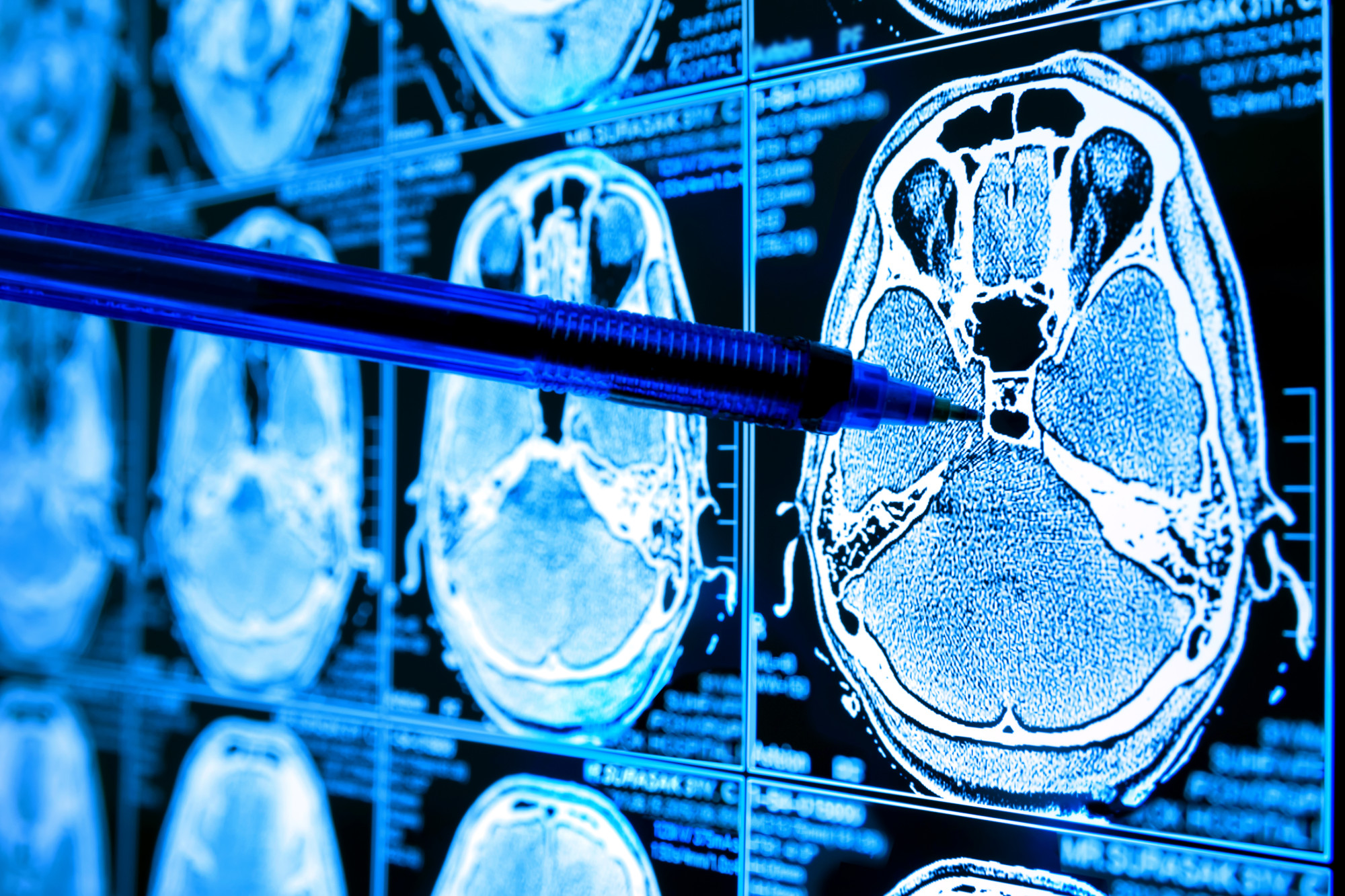In the ever-evolving landscape of medical science, the ability to see beyond the visible has always been a pursuit of researchers and clinicians alike. The field of Biomedical Imaging and Spectroscopy stands at the frontier of this quest, offering unprecedented insights into the human body at the molecular and cellular levels. We sat down with Professor Francesco Pavone, Group Leader at LABS, to discuss the innovative strides his team is making in this critical area of research.
Professor Pavone, can you give us an overview of Biomedical Imaging and Spectroscopy and its significance in modern medicine?
Biomedical Imaging and Spectroscopy encompass a range of techniques designed to visualize and analyze biological tissues in detail. This field is pivotal for early diagnosis, understanding disease progression, and evaluating treatment efficacy. It bridges the gap between basic science and clinical application, enabling us to study diseases at a level of detail that was previously unimaginable.
What are some of the cutting-edge techniques your team is currently working on?
Our team is focused on pushing the boundaries of what’s possible with techniques such as light-sheet microscopy and advanced spectral analysis. These methods allow us to obtain high-resolution images of tissues and detect specific molecular signatures of diseases. For instance, we’re developing non-invasive ways to analyze brain tissues, which could revolutionize how we diagnose and treat neurological disorders.
How does this research impact the diagnosis and treatment of diseases?
The impact is profound. By providing a clearer picture of disease at the molecular level, our research aids in the early detection of conditions like cancer, Alzheimer’s, and cardiovascular diseases. Moreover, it helps in monitoring treatment progress and personalizing therapies, which is a cornerstone of modern medicine.
What challenges have you faced in this research, and how have you overcome them?
One major challenge is the complexity of biological tissues and the need for precision in imaging and analysis. We’ve tackled this by developing sophisticated algorithms for image processing and data analysis, as well as by refining our imaging techniques to increase sensitivity and specificity.
Looking ahead, what future developments do you foresee in Biomedical Imaging and Spectroscopy?
The future is incredibly promising. We’re on the cusp of integrating artificial intelligence and machine learning to further enhance image analysis and interpretation. This integration will enable us to identify patterns and biomarkers that were previously undetectable, paving the way for breakthroughs in personalized medicine and early intervention strategies.




